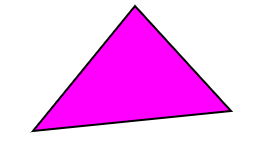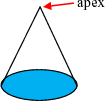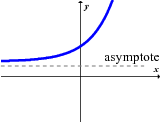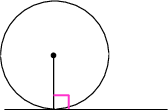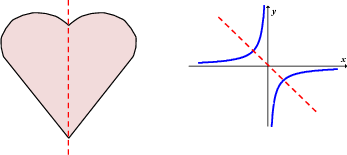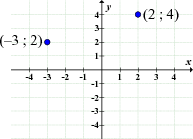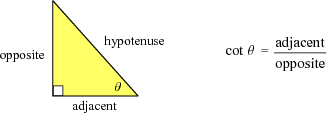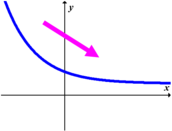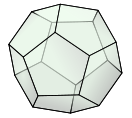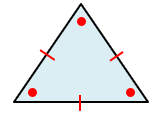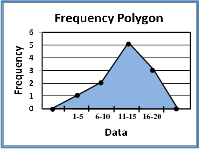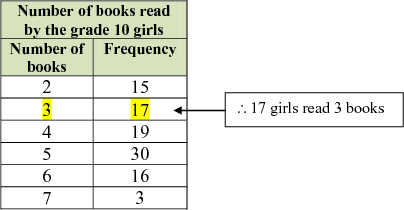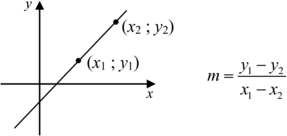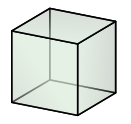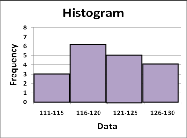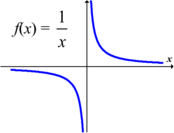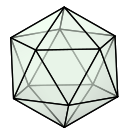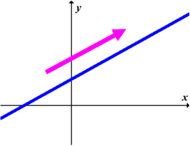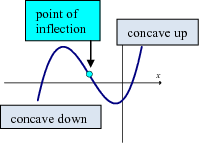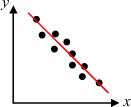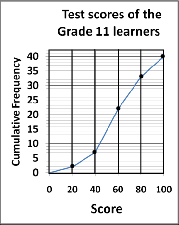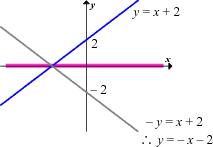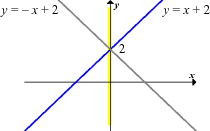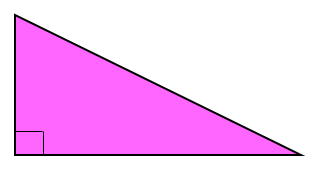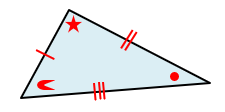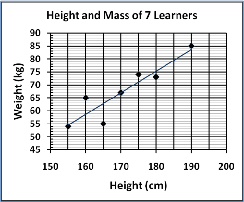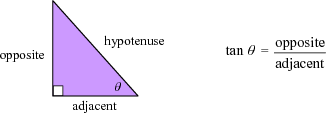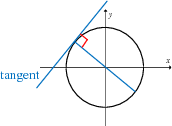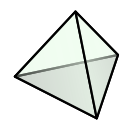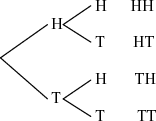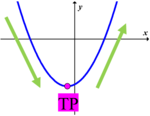This is the graph of a quadratic function.

Lines which are always the same distance apart from each other. They will never meet or cross.

A quadrilateral with both pairs of opposite sides parallel.

Percentiles divide a set of data into 100 equal parts. (e.g. P40 is the 40th percentile. It means that about 40% of the data lies below P40 and about 60% lies above P40)
The total distance around a 2D shape.

A perpendicular bisector is a) perpendicular to another line and b) cuts the other line in half.

Lines which intersect at 90o.

pi

The ratio of the circumference of a circle to its diameter. π = 3,141592654...

A circle graph which is used to compare different categories. Also known as a pie graph.

These are polyhedra with:
- faces which are congruent regular polygons
- edges which are all the same length
- the same number of edges meeting at each vertex
The 5 Platonic solids are the tetrahedron, the hexahedron (cube), the octahedron, the dodecahedron and the icosahedron.
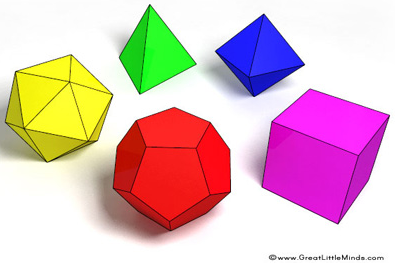
A 2D figure with three or more straight sides.

One polyhedron, many polyhedra.
A 3D object with flat faces where each face is a polygon.
NB: Cylinders, cones and spheres are not polyhedra.

An algebraic expression with two or more terms.
When everyone is surveyed.
Both variables on the scatter plot increase at the same time.
The regression line will have a positive gradient, i.e. the line slopes upwards.

A power is a number raised to an exponent.

When regular fixed payments are made and you get the money upfront (now). This present value is “all the payments minus the interest”.

Factors which are prime numbers.
e.g. prime factors of 24 = 2 x 2 x 2 x 3 = 23.3
A number which can only be divided by 1 and itself. The first few prime numbers are: 2, 3, 5, 7, 11, 13, 17, 19, 23, 29, 31, ....
A solid in which the base, the top and all cross sections are identical (congruent) polygons.

A measure of the likelihood that a random event will produce a specific outcome.
The answer to multiplication.
product rule (probability)
P(A and B) = P(A) × P(B)
We use this rule with independent events.
A fraction in which the numerator (top) is less than the denominator (bottom).
If a line parallel to one side of a triangle intersects the other two sides of the triangle, then the line divides these two sides in the same proportion.
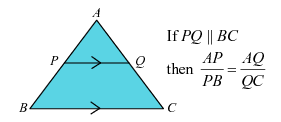
A 3D solid with a polygon as the base. All the other faces are triangles which meet at a point, the apex.
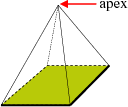
The theorem of Pythagoras states that the square of the hypotenuse of a right angled triangle equals the sum of the squares of the other two sides.




